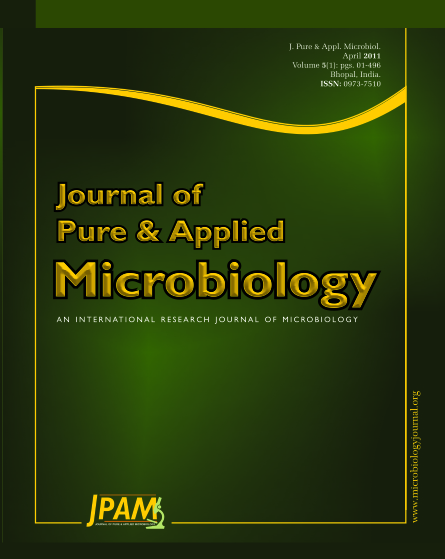The genus Aspergillus and Neurospora are exceedingly useful fungal groups utilized in both solid and liquid waste management for maintaining the ecological balance. In fungal system it is very difficult to measure the growth due to their filamentous and non homogeneous nature. In the present comparative study we examine the cell growth in terms of cell dry weight (g/l) of Aspergillus niger and Neurospora crassa. Batch experiments were performed with taking 50 ml pure potato dextrose broth (PDB) and M2 broth growth media alongwith replaced potato and M2 broth media containing lactose, xylose, sucrose and maltose, separately rather than dextrose as carbon source, at 300C and 180 rpm. Samples were taken at every 6 hr intervals till 90 hr.The maximum cell dry weight attained by microbes in PDB, M2 and replaced media were also investigated and evaluate the effect of various sugars in the growth of respective microbes.It has been observed that xylose, maltose and sucrose were found as consumable sugars as glucose by Aspergillus niger strain compared to lactose sugar, whereas strain of Neurospora consumes maltose and sucrose much easier like glucose compared to lactose and xylose. This kinetic study may be helpful in knowing the growth rate, growth characteristic and the growth pattern of individual microorganisms under different conditions for better industrial and environmental applications.
Aspergillus, Neurospora, Cell dry weight, Pelleted, Pulpy
© The Author(s) 2011. Open Access. This article is distributed under the terms of the Creative Commons Attribution 4.0 International License which permits unrestricted use, sharing, distribution, and reproduction in any medium, provided you give appropriate credit to the original author(s) and the source, provide a link to the Creative Commons license, and indicate if changes were made.


